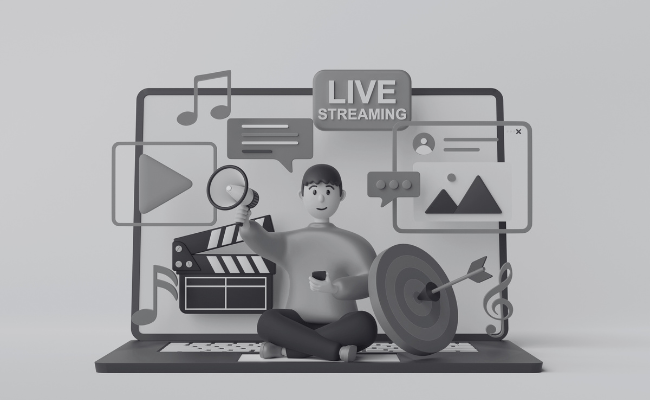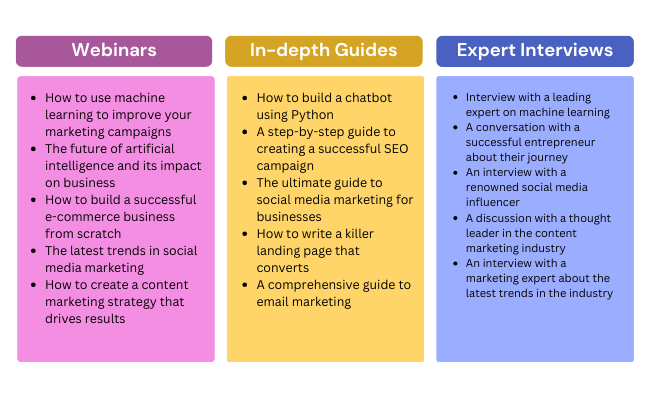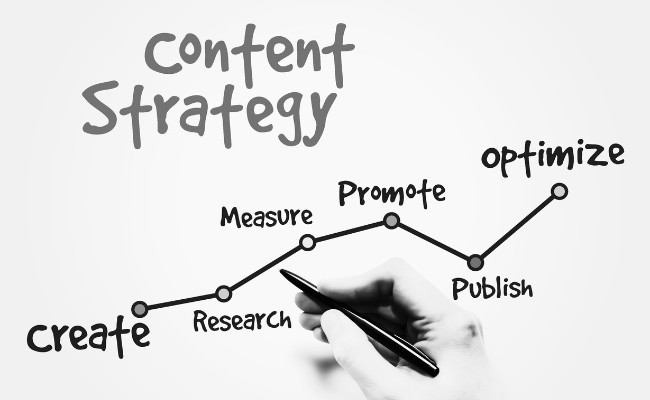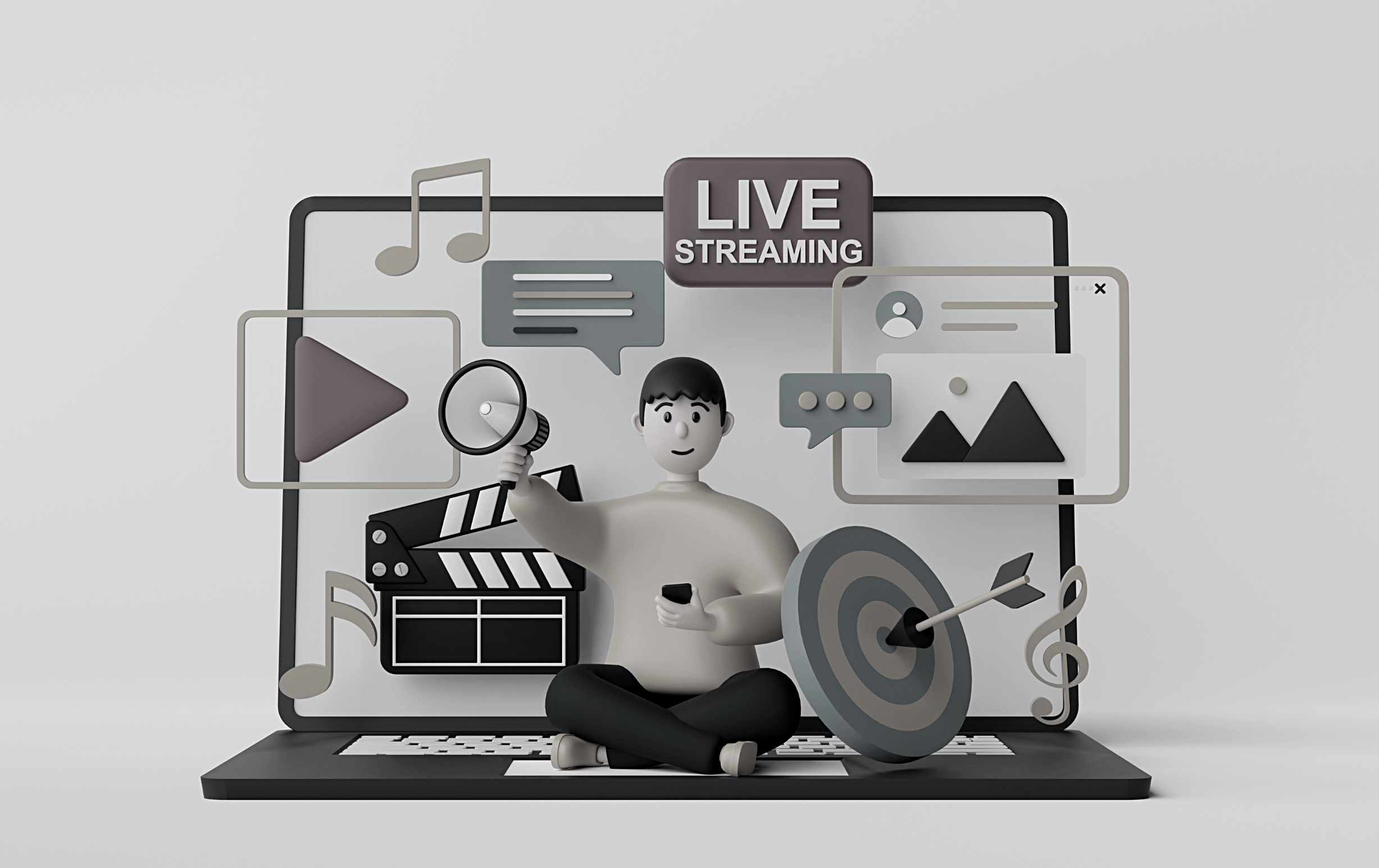Let’s paint a picture for you. You’re trying to build your websites SEO. You know that if you can bring customers in the door organically you’ll supercharge sales and lower your customer acquisition cost. This is exactly the right idea.
You only have one problem? You don’t know how to do that right. You aren’t sure how to pick the right keywords. You aren’t sure how to figure out which keyword is the right keyword to use.
Please don’t dispair. This happens all the time. Everyone who tells you “SEO is easy” has never had to actually map out an SEO strategy. You make one wrong move and it’s hours of time and money out of your pocket all for a venture with on return on investment.
We’re going to help you out. Here are strategies you can use to find the right keywords for your business.
- Understand Your Buyers Journey - It doesn’t matter if you sell shoes or lifecoaching services. Every customer has a journey. They have something that they google when they aren’t sure what they need. They have something to google when the need becomes clearer. They have something to google when the choice becomes obvious to them. It’s your job to figure it out and lay it out there.
- What does someone search for when they want to find your business without knowing who you are? This can be something simple like “life coach New York City” or “Mens running shoes under $100 dollars.” It’s your job to know what those keywords look like.
- What does someone search for when they are close to making a decision? What do they search for right before directly searching for your business? Is it something like “how does a life coach help you?” or “Can a life coach help with my marriage?” It could be “best running shoes that aren’t expensive” or “how much should good running shoes cost?”
- What does someone search for when they first start their buying journey? How about when they are beginning the sales cycle? Do they search for “how to find a mentor to help with my career” or “how to recharge your mindset?” Could also be “when do you know you need new running shoes?” or “How to improve your mile time for a 5k?”
The goal here is to understand how to figure out the funnel. That’s what you’re supposed to be doing. That will be the most important part of building a keyword funnel that matters.
- Understand how your target page fits into the buyers journey. "the value of replacing running shoes" or "the advantages of a life coach" are the middle part of the funnel. So loading it up with keywords like “life coach near me” or “running shoes under $100 dollars” might seem out of place.
Where your page sits tells you the kinds of keywords and the mindset of the user you are targeting. It can also help you do other things such as set goals. A page targeted to the bottom funnel user should convert well. Pages for top-funnel users convert poorly. They might do well for a newsletter or PDF that they can download.
2. Understand how your target page fits into the buyers journey. "the value of replacing running shoes" or "the advantages of a life coach" are the middle part of the funnel. So loading it up with keywords like “life coach near me” or “running shoes under $100 dollars” might seem out of place.
- If you have a competitor in mind then you can start with their best page that would be like yours. Keep in mind because you like a competitor doesn’t mean they are doing well in search. You should consult a software like SEMRush or Ahrefs before proceeding.
- The other option is to google the keyword or phrase you think is most relevant and see the results that come up. From there you can take that exact page and run it through the search software to see the relevant keywords.
- You’ll likely see a lot of keywords. If the page has a large amount of traffic it’s not uncommon to see thousands of keywords. Don't get caught up in every keyword. Instead isolate the 3-5 keywords that would make the most sense to copy and reuse.
3. Use the Keyword gap analysis - This is something that is exclusive to Ahrefs. Rather than walk through step-by-step we can let Ahrefs walk you through it themselves.
4. There’s no shortage of SEO software that does keyword research for you. So let’s dive into what that looks like.
- You have to know what your general idea is for a keyword. All these software solutions provide very good keyword options. They can’t, however, tell you what keyword is right for your customer. Only you can.
- You can use the keyword research tool on any SEO software and it’s going to give you key information. Some platforms may differ but look for signs such as:
- Keyword difficulty. This might be the most important. If you have a new website or are beginning to craft SEO then look for keywords that have a low difficulty score. You can win on harder keywords in time but the lift to do so will be enormous. Focus on keywords that rank as “easy” by the software metrics.
- Keyword volume. Of course the more volume the harder it is to rank. On the flip side the easiest keywords usually have the least amount of volume. You’re looking for something that is easy with a reasonable amount of traffic. Small traffic on bottom-funnel pages could mean sales for your business.
- SERP results. Most keyword programs will show you SERPs. Be weary of keywords that claim decent traffic and “easy” difficulty. Sometimes, the SERPS suggest otherwise. A few things to keep in mind when looking at the SERPs:
- Are there lots of ads? If so then even cracking the top 3 search results might not pay off as you would hope.
- Are the domains that rank highest well known? If a keyword is “easy” but your top results are WebMD and Mayo Clinic, for example, good luck.
- Do the high ranking articles have lots of backlinks? Backlinks aren’t a 1:1 correlation of SEO success. What that should tell you, though, is these articles are widely circulated and that takes time and/or money.
- Look for "related keywords" and “questions.” These are valuable places to see both the keyword you want and keywords that are often related. Make note of everything. Questions are also good. Sometimes a question is what your page should be about. In any regard write down anything you see that looks interesting.
- Don't go down the rabbit hole. When you search for a query like “men’s shoes” you’ll get thousands of keywords. Stick to what you know your customer will want. Stick to keywords that sound like something you would use. Stick to keywords you know you can create great content around. You can waste hours, resources and money chasing bad keywords. Kept your interests limited and you’ll be great.
5. Consider Using AI. If AI is the future of marketing then why not put it to work now. We use AI to aid in our keyword research. We find it especially helpful with more complicated search projects. Here’s a quick example we encountered recently.
- We were working for a Global Publisher in need of SEO help. They wanted to create search articles around topics that mattered to specific regions. So we asked ChatGPT to give us the top 5-10 issues that the country is struggling with right now. We gut checked the issues (sometimes GPT can be wrong) and then we went to work. We asked ChatGPT to give us 10-20 keywords related to each issue. Then 10-20 questions related to those issues. This gave us a treasure trove of interesting content that we could pass along to the client.
- You might not be dealing with global issues and in that case AI is even easier to use. Here’s how you should think about it:
- Ask ChatGPT to create a list of X related keywords to your primary topic
- Ask ChatGPT to create a list of X topics related to your primary keyword (or each keyword depending on how expansive you want to get)
- Ask ChatGPT to put them into a table and write the search intent next to each one.
A word of caution on number 3. ChatGPT will sometimes tell you it can’t give you search volume. It can but you might have to ask it a few times and in a few different ways. Be patient. The functionality exists. You might just need to feel it out.
6. Use SEO tools for on-page analyzer.
- Tools such as SEOlyze, SEMRush and Ahrefs are helpful aides. They allow you to input a landing page and seeing missing SEO elements. Let’s talk about SEMRush and their “On-Page SEO Checker”
- Here you can put in your domain. They add your landing page. For each one they will offer ideas.
- Might be structured data that you need to improve.
- Could be keyword cannibalization
- It could tell you when it believes you’ve used a target keyword too often.
- It will also let you know when you have keywords you could add the page.
For instance I put in an article on pool shock and it tells me the following keywords could be added:
- Ph levels
- Pool chemical
- Chlorine levels
- Pool surfaces
- Pool parties
- Shocking treatment
- Heavy pool
- Chlorine free
- Organic contaminants
- Pool usage
b. One thing to keep in mind on semantic keywords. Just because they are recommended doesn’t always mean they are right for your page. You have to consider everything in the context of your page, your site and then your customer. But at the very least this should give you an opportunity to see what else you can be doing.
These are some of the proven ways that you can pick great keywords for your content. There’s no completely fool proof way to do it. You have to decide and determine what is right for you.
If you need help on an expert level, please let us know. You can fill out this contact form or email me at michael@loupeandblade.com to schedule a free consultation to discuss what strategies might be right for you.











